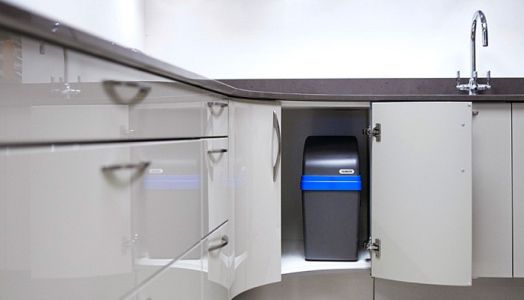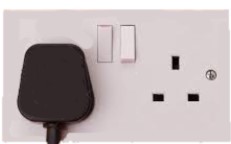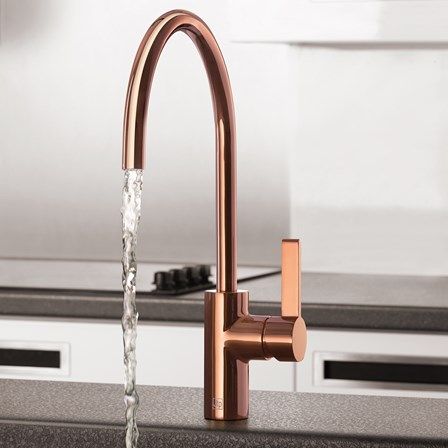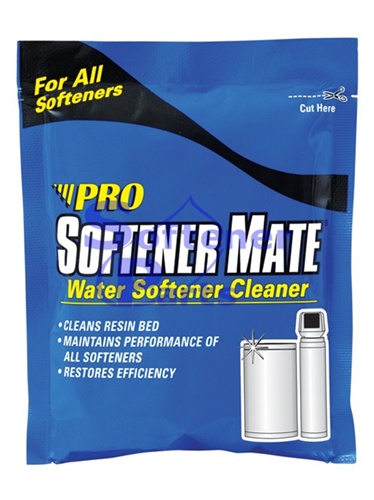How long should a water softener last?
Did you ever hear a conversation about the ‘quality’ of household items and how things used to be ‘built to last’ back in the day? I certainly remember my granny extolling the performance of her old twin tub that was purchased in the 1950’s. It would be trundled out from under the worktop, where it lived most of the time, for its weekly appearance when it was the star of the kitchen for the day. Happily connected to the kitchen tap via a push on hose and its waste pipe looped over the side of the sink, it would take centre stage in dealing with the weeks washing.
Back in the day it would seem that all household items such as cookers and fridges and washing machines would last forever! And I mean forever!! I think grannies washing machine was only replaced because the rubber parts on it could no longer be replaced.
So if you’re just about to purchase a new water softener or had one for years, you might be wondering when its going to need replacing. Having spent hard earned money on this investment, you really do want it to last for as long as possible.

A good quality water softener can last as long as 10 – 20 years, depending on the type you buy. The old adage of ‘buy the best you can afford’ is as true of water softeners as it is of most types of household appliances. A water softener should come with a guarantee on both parts and labour. The length of the guarantee will give you an indication of the level of quality softener you are purchasing.
Don’t forget though, each household has different requirements, Whether it’s the number of people in the property using bathrooms or the number of times the dishwasher is set off and the extent of the hardness of the water, that will impact on the life of your softener. In the same way, if you were washing the team strip for all your local football clubs every weekend you might expect your washing machine to need a bit of extra maintenance.
We have Reviewed The Best Water Softeners For 2020
In addition to the manufacturers warranty, there are a number of things you can do in order to keep your softener in the best possible working order and last you as long as possible.
Environment
Try and put your water softener in a nice clean spot. Not too far from your rising main but where it can happily operate, turning your hard water into nice lovely luxurious soft water. Its obvious that you do not want dust and rubbish accumulating near your softener and certainly not allowing anything to enter the brine tank other than your softener salt and incoming mains water.


Power Supply
If your softener needs a power supply, ensure that it has its own dedicated socket, if possible. Ensure that it doesn’t get switched off inadvertently or unplugged so the socket can be used for something else. Having the power switched on and off on a regular basis could mean that the programming gets lost. Inconvenient at best, time consuming to reprogram correctly at worst.
Salt Replenishment
After your softener has been installed for a period of time, you will get to know its salt usage. Ensure that it is always topped up with softener salt and doesn’t run empty. Also ensure that when you fill the softener up with salt that you do not fill above the level of the overflow as this could cause problems
You might notice a crust of salt forming on the wall of the brine tank. This normally occurs after a period of time. Gently loosen this salt using a non invasive tool like a wooden or plastic spoon/spatula. The crust of salt can fall into the brine tank with no damage but if the build up is left for a period of time it can cause a salt bridge to form – which is basically a hard crust forming across the top of the tank, with a space between the water and the salt. This prevents the salt from dissolving in the water and making brine. If your softener has large lumps of crusted salt, its probably better to remove them completely as they might not dissolve very well.
Make sure you always use water softener salt. Not driveway salt, table salt or dishwasher salt! Using incorrect and poor quality salt in your softener will only result in problems and will most certainly reduce the life of your softener.
Inlet Filters
If possible, fit an inlet filter on the inlet to the water softener. This is a simple filter that fits just inside the inlet connection and is similar to that used on a washing machine or dishwasher. This will protect the softener from foreign bodies that do, from time to time, appear in the municipal water supply in the UK. Typically if a water authority has been carrying out work on the mains supply – either repair or maintenance – it can result in bits of rubbish being carried along the supply network and eventually end up in your house. As the softener is normally the first appliance to be connected to the incoming water supply, this is where any debris will be. Your softener can be seriously damaged by this debris so its worth spending a few pence on an inlet filter to try and protect your investment.


Softener Conditioner
There is a product called Softener Mate that will give your water softener resin a bit of a boost. Softener Mate is an additive that can restore and prolong the life of your softener resin. Water supplies contain many impurities that can impair the performance of a softener if left untreated. Iron, Dirt, Silt, Organics and Biofilms may not be removed from the resin by salt alone so simply adding the softener conditioner to the brine tank and then instigate a regeneration. Done on a regular basis will remove unwanted contaminants from your softener resin.
https://www.eastmidlandswater.com/softener-mate-4-sachet-12-month-supply/781
Softener Servicing
Softeners need servicing. Like a car, although they may have a parts and labour warranty, they still need to be checked over and ensure that everything – moving parts and non moving parts – continue to work in the way in which they were designed. Check your own softener details to see how frequently your softener needs servicing. Regular servicing will extend the life of your softener.
5/5